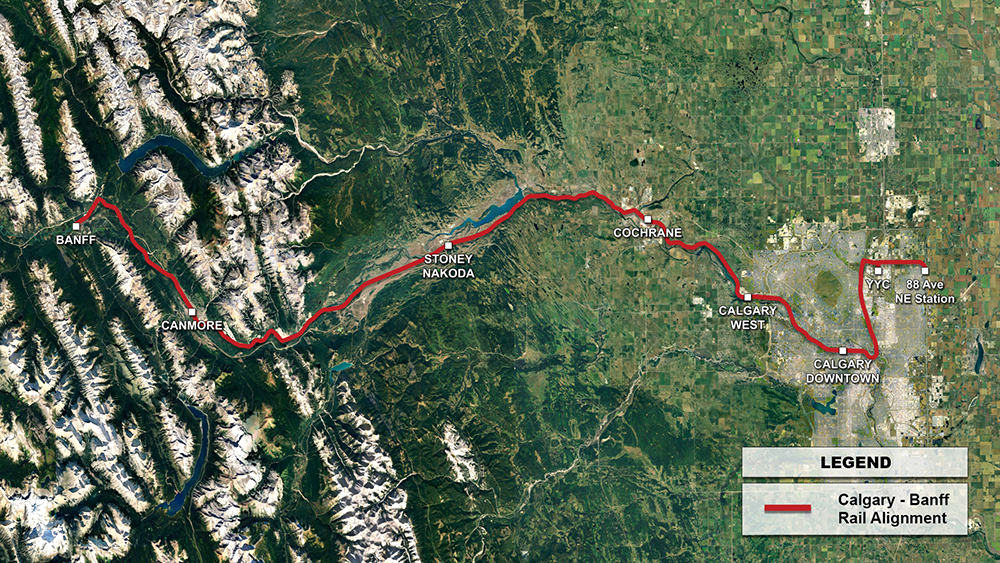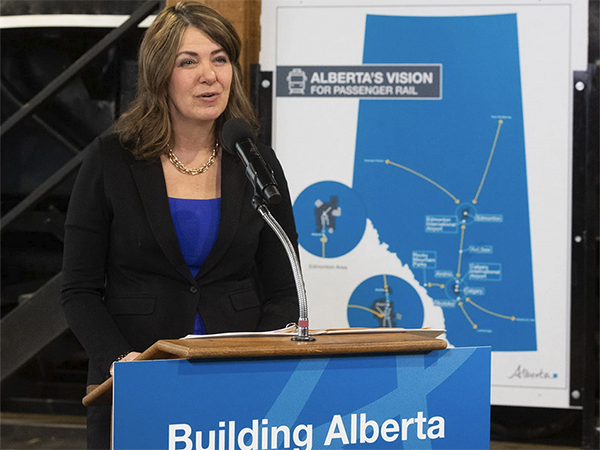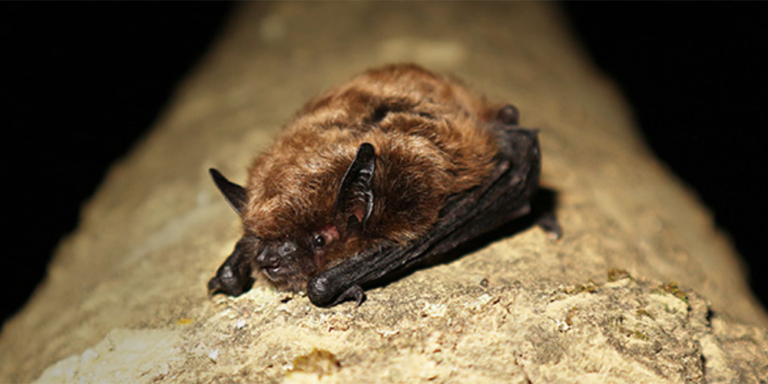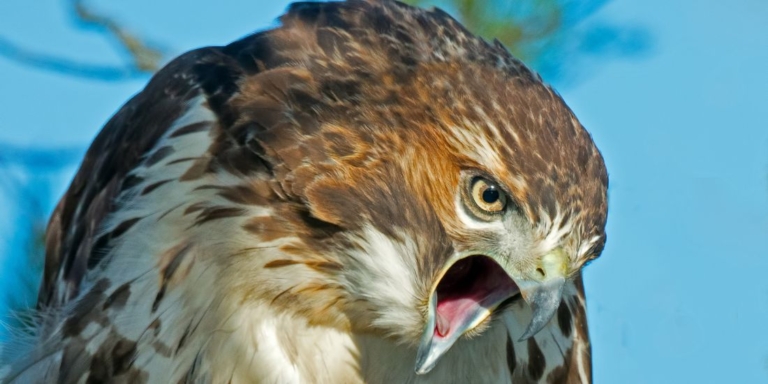Several weeks ago, the Alberta government announced its passenger rail master plan to expand passenger rail services in the province.
The Calgary Airport—Banff Passenger Rail Project (CABR) is at the heart of the master plan, and the province has been discussing it again since it was proposed in 2016.
But talks of expanding our province’s rail service have been ongoing for the last 15 years, and a high-speed train between Edmonton and Calgary has been discussed for over 50 years.
So why is the province taking action now?
The master plan is the Alberta government’s way of sounding the alarm. As our province continues to grow in population, expanded transportation isn’t optional; it’s needed.
“Expanding our roads, freeways and highways to be six or eight or ten lanes all the way across is not always feasible, nor is it always wise,” Premier Danielle Smith told reporters when questioned about the plan.
Before we get into the details of the master plan, what is the CABR?
The proposed CABR aims to create a hydrogen-powered passenger rail link between the Calgary International Airport (YYC) and Banff. However, that’s just the tip of the iceberg.
The project will feature seven stations along a dedicated route within the existing CP Rail corridor, including YYC airport, downtown Calgary, Calgary West, Cochrane, Stoney Nakoda, Canmore, and Banff.
Like a well-oiled machine, the rail service is expected to have up to ten daily departures from the Calgary International Airport to Banff.
An express service from the airport to downtown Calgary with a frequency of 15 minutes is also planned.


Details Of The Master Plan
The plan is divided into six phases, the first being to connect Edmonton and Calgary residents to their respective downtown areas and airports. The other five phases are as follows:
- Regional rail lines connecting Calgary and Edmonton to Banff and Jasper National Parks
- A commuter rail connecting the YYC airport and surrounding communities to Calgary’s downtown core
- A commuter rail connecting Edmonton International Airport and surrounding communities to the city’s downtown core
- A hub connecting the provincial rail system to Calgary and Edmonton’s LRT systems
- A regional rail line connecting Fort McMurray and Grande Prairie
The provincial government’s master plan will assess the feasibility of the proposed rail lines, including regional, commuter, and high-speed services.
In addition to a feasibility study, the master plan includes a cost-benefit analysis to determine what is needed from the government and a 15-year delivery plan.
“It will take shape only after consultations with municipalities, with industry, with Indigenous communities and all Albertans interested in the future of passenger rail,” Smith explained.


Smith thinks creating a Crown corporation like Ontario’s Metrolinx is the best way to manage and develop rail infrastructure in the future.
Metrolinx is a Crown corporation in Ontario that manages and integrates public transportation in the Greater Toronto and Hamilton Area.
Alberta’s version of Metrolinx would develop the infrastructure to manage daily operations, including fare collection and booking systems, system maintenance, and planning for future systems.
Since VIA Rail stopped its passenger train service to Banff in 1990, traffic congestion has become a major issue for the town.
“Our small community struggles to manage personal vehicles because we simply do not have the road or parking capacity to handle the number of vehicles we see in peak periods,” Banff Mayor Corrie DiManno told the Rocky Mountain Outlook.
Banff programs like On-It help people travel by bus between the greater Calgary area, Canmore, Cochrane, and Okotoks.
However, On-It is only able to accommodate less than one percent of Banff’s visitors. As Alberta’s population grows, communities like Banff desperately need impactful transportation solutions.
Not So Masterful Master Plan
The master plan is a big step toward addressing transportation woes across the province.
Still, Jan Waterous, the managing partner of Liricon Capital and the driving force behind the CABR proposal fears it puts the CABR at risk.


The master plan is expected to be completed by summer 2025.
Unless the CABR proposal is advanced parallel to the province’s master plan, Waterous believes it will sit on a shelf and collect dust.
If that happens, the CABR proposal will miss its window of opportunity to secure more than $1 billion in funding from the Canada Infrastructure Bank (CIB).
There are also concerns that the CIB will be abolished if the federal Conservatives win next year’s election.
“Without CIB financing, there is no CABR,” said Waterous.
The master plan’s feasibility study will decide which projects receive priority, but Premier Smith believes commuter rails and airport lines will also receive priority.
However, Waterous hopes the province will recognize the CABR proposal as a necessary step toward expanding its passenger rail network and making it a priority.
“Assuming the province advances CABR’s financial evaluation and project development agreement in parallel with the rail master plan…CABR could drive the first spike in 2027 and the last spike in 2029,” explained Waterous.
Will The CABR Help Or Harm Alberta?
The CABR proposal is a hot topic for many reasons. One concern is that the benefits of a passenger train between Banff and Calgary need to justify its cost.
A feasibility study shows that a year-round bus service between Banff and Calgary would be much cheaper than a year-round train, costing almost $20 million on the high end compared to a train’s price tag of $680 million.
In addition to capital costs, a train would have operating costs as high as $9 million yearly versus $2 million yearly for a bus service.
Aside from dollars and cents, concerns about the CABR and wildlife mortality exist. The proposed passenger train cuts through the Bow Valley, one of Alberta’s most important wildlife corridors.
The Bow Valley is already suffering from overdevelopment. Add an extra train to the mix; the area’s diverse wildlife, including wolves, bears, and elk, is at even greater risk.
The Boss may have walked away from a train collision unharmed, but the same can’t be said for all Bow Valley bears.


Grizzly bears are attracted to railways because of easy foraging, often spilled grain from passing trains and fresh plant growth along the tracks.
Train strikes are a leading cause of grizzly bear deaths in Banff due to the animals foraging on and around tracks. Wouldn’t adding another rail line increase the number of train collisions with bears?
According to the CABR website, the proposal’s current wildlife impact plan includes lighting and sound to warn wildlife of approaching trains.
The hope is that the lights and noises will scare animals away from the tracks.
But what happens when grizzly bears learn that flashing lights and loud noises mean a train is coming? Could these deterrents attract bears looking for freshly spilled grain instead?
The CABR proposal’s wildlife impact plan has a long way to go, but the project isn’t all bad. The CABR’s hydrogen-powered train will help Banff reach its goal of reducing emissions by 30 percent by 2030 and 80 percent by 2050.
The CABR passenger rail is not the solution to traffic congestion in Banff, but it could be part of it.





